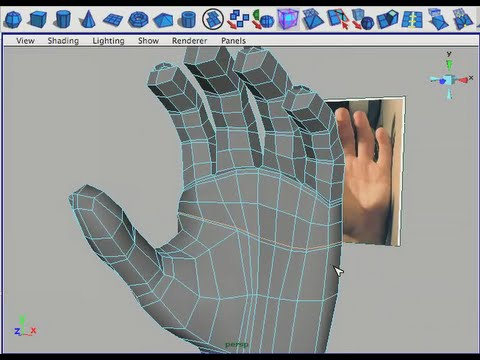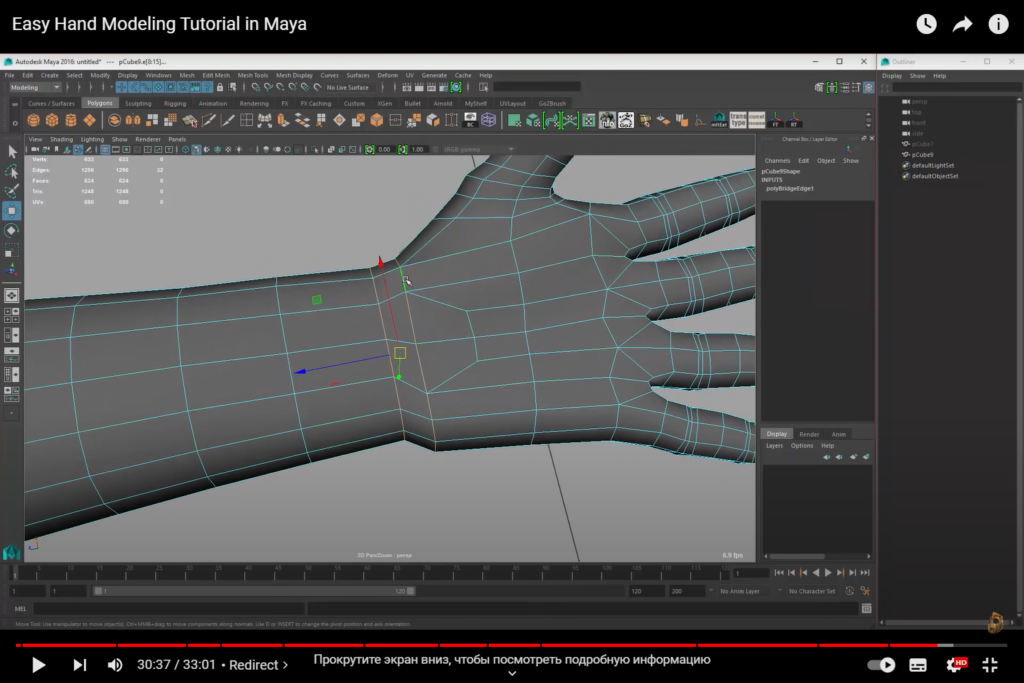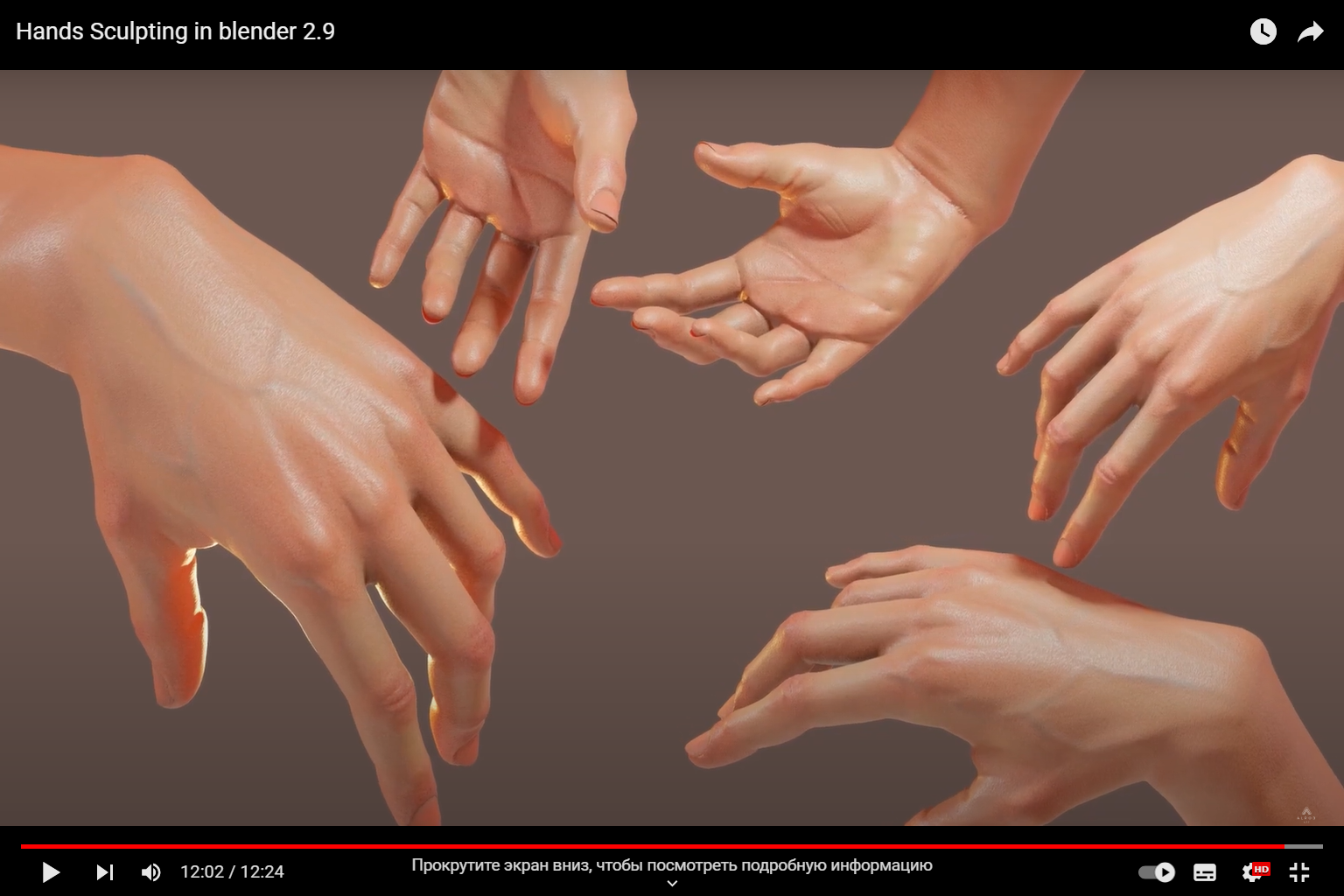In recent years, technology has made incredible strides, especially in the realm of 3D modeling. Among these advancements, the 3D model hand has emerged as a revolutionary tool, transforming various industries and user experiences. This article delves into the captivating world of 3D model hands, exploring their significance, applications, and the impact they have on our lives.
Understanding 3D Modeling
Before diving into the intricacies of 3D model hands, let’s first grasp the fundamental concept of 3D modeling. At its core, 3D modeling is the process of creating a three-dimensional representation of an object or scene using specialized software. Unlike traditional 2D images, 3D models possess depth, allowing them to be viewed from different angles, creating a lifelike virtual experience.
The Magic of 3D Model Hands
Unleashing Realism
3D model hands have been instrumental in elevating the level of realism in various industries. From video games to medical simulations, these intricate models replicate the complexity of the human hand, breathing life into virtual environments.
Revolutionizing Medical Education
In the field of medicine, 3D model hands have revolutionized education and training. Medical students can now practice intricate procedures on virtual hands, enhancing their skills and understanding.
Engineering and Prototyping
In the engineering realm, 3D model hands are indispensable for prototyping and testing. Engineers can analyze how products interact with human hands, leading to more ergonomic and user-friendly designs.
The Process of Creating 3D Model Hands
Data Collection
Creating realistic 3D model hands requires detailed data collection. Advanced scanners and motion-capture technologies capture the intricate movements and textures of human hands.
Mesh Generation
The collected data is then processed to create a digital mesh, which serves as the foundation for the 3D model hand.
Texturing and Shading
Next comes the texturing and shading process, where intricate details, such as skin texture and nail color, are meticulously applied to the 3D model hand.
Rigging and Animation
To enable movement and interaction, the 3D model hand is rigged and animated, allowing it to mimic real hand gestures and motions.
Applications of 3D Model Hands
Gaming and Virtual Reality
In the gaming industry, 3D model hands have transformed the way players interact with virtual worlds. The intuitive hand movements add a new dimension to gaming experiences.
Healthcare and Surgical Simulations
Medical professionals benefit greatly from using 3D model hands in surgical simulations and treatment planning. This technology aids in precise diagnosis and planning of complex procedures.
Product Design and Testing
Manufacturers use 3D model hands to test and optimize product designs, ensuring better usability and comfort for end-users.
Entertainment and Animation
3D model hands play a crucial role in animation and entertainment, allowing for lifelike character movements and expressions.
The Future of 3D Model Hands
As technology continues to advance, we can only expect 3D model hands to become more sophisticated and accessible. Their integration with AI, haptic feedback, and extended reality will lead to even more immersive experiences.
Tailoring 3D Model Hands to Unique Requirements
Prosthetics and Assistive Devices
Customizing 3D model hands is a game-changer for individuals with limb differences. Prosthetics and assistive devices can be precisely tailored to fit the wearer’s anatomy and cater to their specific functional needs.
Personal Avatars and Characters
In the realm of gaming and virtual worlds, users can create personal avatars with customized 3D model hands, reflecting their unique identity and personality.
Artistic Expression
3D model hand customization transcends functionality and enters the realm of artistic expression. Artists and creators can craft intricate and visually stunning hands for their characters and artworks.

Overcoming Challenges in 3D Model Hand Development
Realism and Texture Mapping
Achieving high realism in 3D model hands demands advanced texture mapping techniques. Capturing subtle nuances like skin texture, wrinkles, and veins requires attention to detail.
Animation and Rigging Complexity
As customization options increase, so does the complexity of rigging and animating 3D model hands. Overcoming these challenges ensures seamless and lifelike hand movements.
Ethical Considerations and Future Implications
Privacy and Data Security
Customizing 3D model hands often involves sharing personal data for accurate replication. Striking a balance between customization and data security is paramount.
Inclusivity and Representation
As 3D model hand customization becomes more accessible, it is crucial to prioritize inclusivity and ensure representation for all users, regardless of their background or abilities.
The Intersection of 3D Model Hands and AI
AI-Generated 3D Model Hands
Artificial intelligence plays a significant role in generating 3D model hands efficiently, accelerating the customization process and expanding design possibilities.
AI-Driven Hand Animation
AI-driven hand animation enhances realism by predicting and generating natural hand movements, making virtual interactions more authentic and engaging.

Material Selection and Biocompatibility
Choosing the Right Materials
The success of 3D printing lies in selecting appropriate materials that balance durability, flexibility, and cost-effectiveness. Various materials, such as ABS, PLA, and nylon, are commonly used for 3D model hand printing.
Ensuring Biocompatibility
In medical applications, biocompatibility is crucial to ensure that 3D printed prosthetics and assistive devices are safe for human use. Complying with medical-grade material standards is essential.
Post-Processing and Finishing Techniques
Removing Support Structures
After 3D printing, support structures must be carefully removed without damaging the intricate details of the 3D model hand.
Surface Smoothing and Painting
To enhance the aesthetics and feel of 3D model hands, post-processing techniques like sanding and painting are employed, giving the final product a polished appearance.
Addressing Size and Fit
Scalability and Customization
3D model hands must be scalable to cater to users with different hand sizes. Customization features are necessary to ensure a snug fit and optimal functionality.
Iterative Prototyping
Iterative prototyping allows for testing and refining 3D model hands, ensuring they meet individual requirements and ergonomic standards.
Conclusion
In conclusion, 3D model hands have revolutionized industries and opened up new realms of possibilities. From enhancing realism to transforming medical education, the impact of this technology is undeniable. Embrace the future today and immerse yourself in the magic of 3D model hands.
